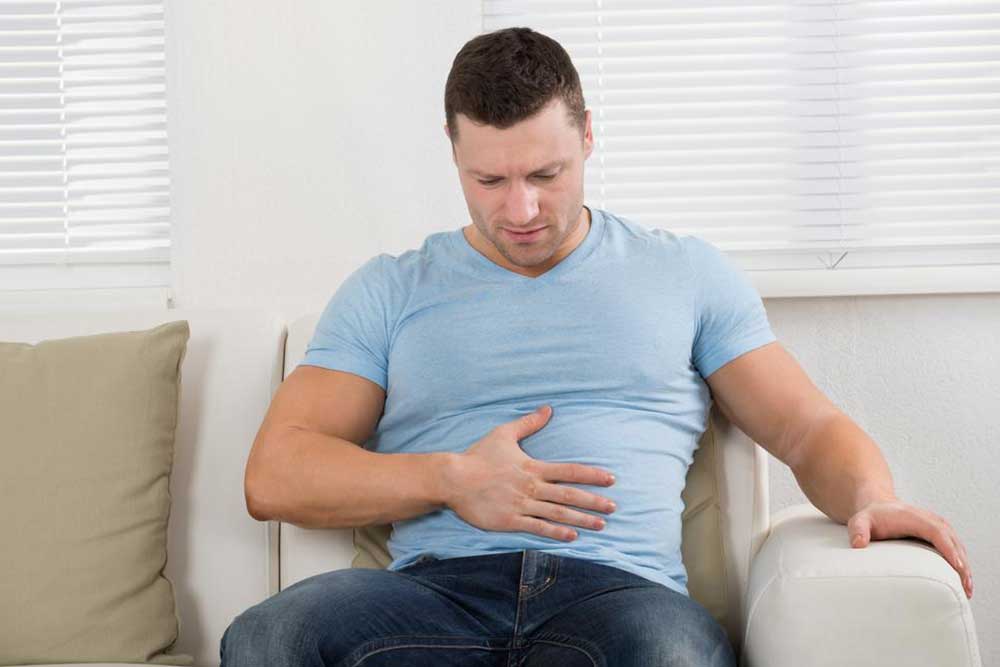Prolapsed Bladder – Symptoms, Causes, and Treatment
Prolapsed bladder, also known as cystocele or fallen bladder, is a condition in a woman’s body where the bladder bulges into the vagina. Typically, there are two types of cystocele. First is distension, which is caused due to the overstretching of the vaginal wall and is often associated with aging, menopause, and vaginal delivery. The second type is displacement, which is the result of detachment or abnormal elongation of the supportive tissue. Read on to know more about the fallen bladder symptoms and causes so that you know when you can consult a doctor.
Fallen bladder – Symptoms and complications
A bladder that has descended from its normal position into the vagina can cause a feeling of incomplete emptying of the bladder.

- Constant pressure on the pelvis and vagina
- Recurring bladder infections
- Urine leakage during sexual intercourse, coughing, or any strenuous activity
- Feeling of heaviness in the bladder even after urinating
- A tissue appears to be bulging through the vaginal opening in severe cases
Causes of prolapsed bladder
The pelvic floor constitutes of muscles, fascia, tendons, and connective tissues between the bladder and vagina. Over a period of time, these weaken or sometimes detach.
- Overstretching of the vagina during pregnancy and vaginal childbirth
- Post menopause, when the production of estrogen, a hormone which helps in keeping pelvic muscles strong, decreases.
- Prolonged physical activities involving lifting of heavy objects, long-term chronic cough, and long-term constipation may also show fallen bladder symptoms
- Hysterectomy, a procedure involving the removal of the uterus, may also add to the weakness of the pelvic floor
- Women born with weak connective tissues may experience fallen bladder symptoms
- Being overweight or obese also contributes to the condition of a fallen or prolapsed bladder
Treatment
A prolapsed bladder can be prevented by trying few self-care methods. These include performing Kegel exercises, treating chronic cough, maintaining healthy eating habits, maintaining an ideal weight, and avoiding smoking. A prolapsed bladder can be treated with surgical or non-surgical methods. Through surgery, the anterior vaginal wall, along with other points of pelvic organ support, are repaired. Non-surgical treatments include performing pelvic floor exercises to strengthen vaginal support and consumption of high fiber food. Pessary, a removable device inserted into the vagina to support the anterior vaginal wall and injecting estrogen through intravaginal administration on doctor’s advice can also help treat a prolapsed bladder.

